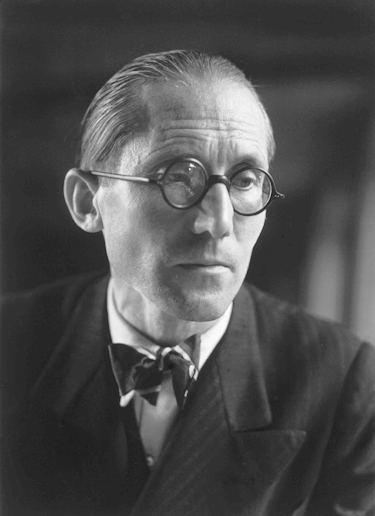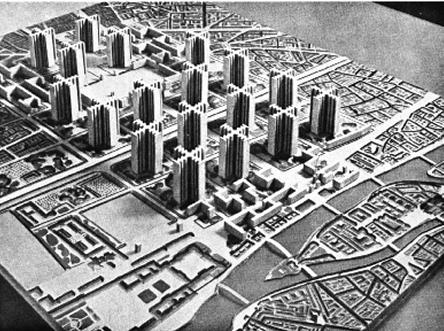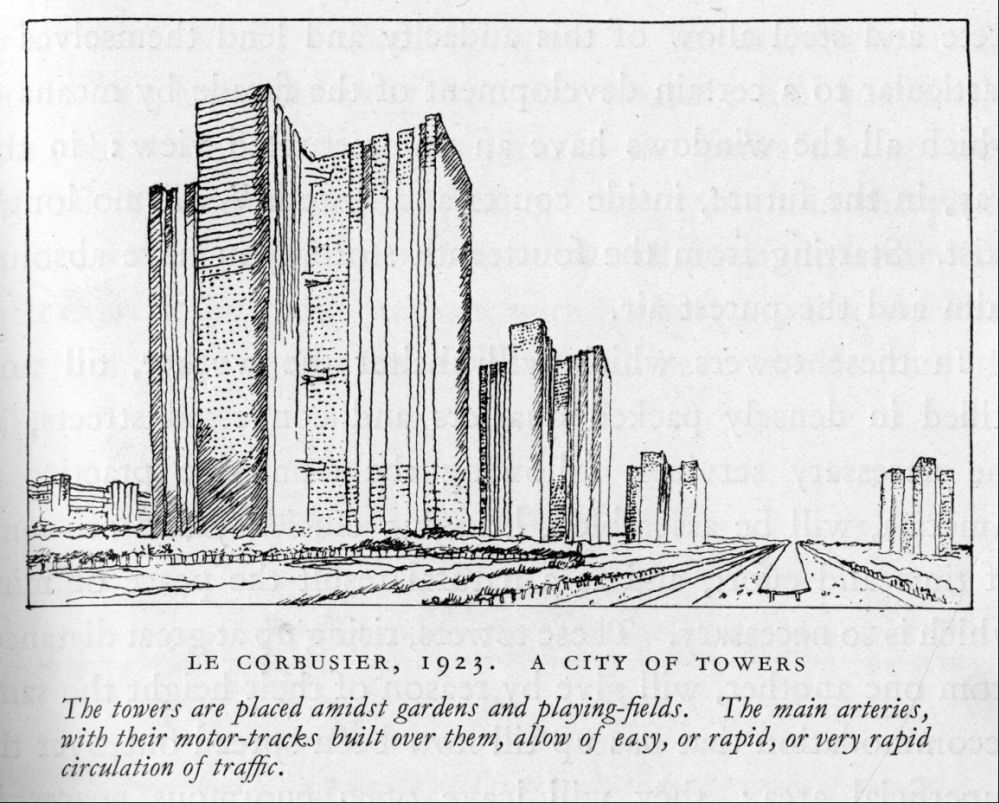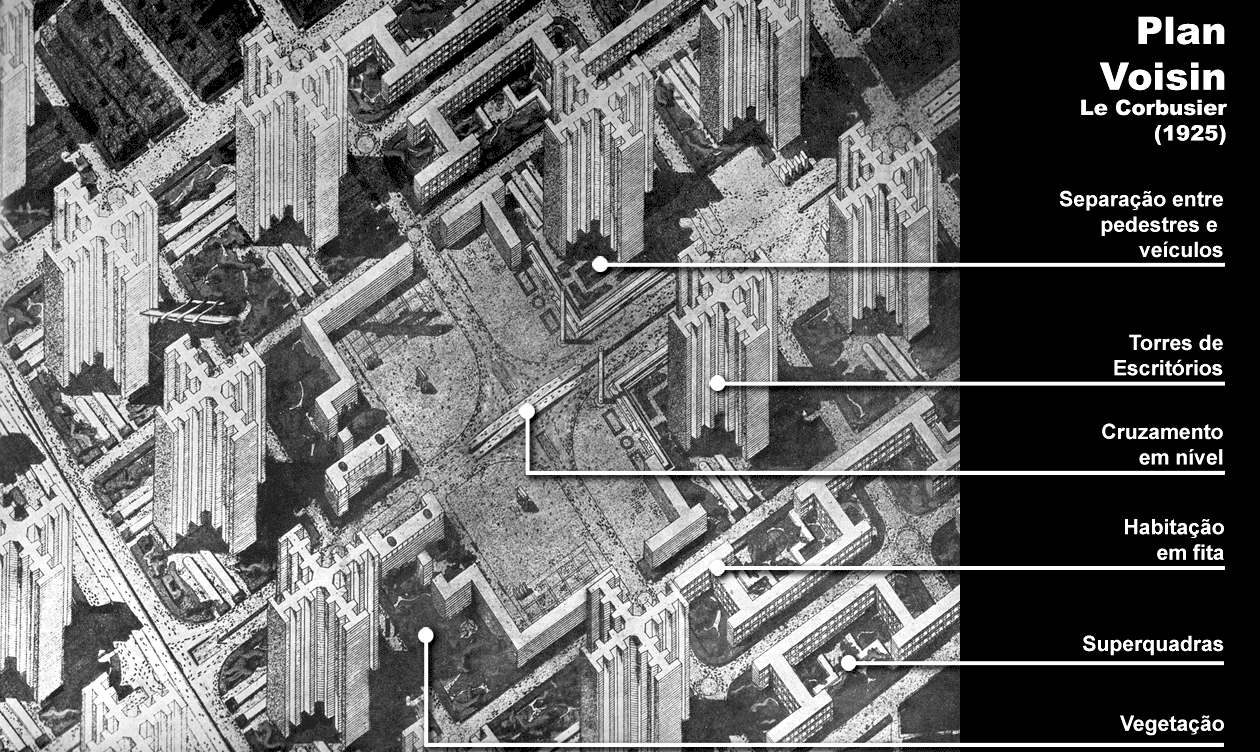Today, Tiffany Brown, a former resident of Detroit's public housing who received her master’s degree in architecture from Lawrence Technological University is the new leading lady at the Brewsters nearly 80 years after the ribbon cutting by former first lady Elanor Roosevelt.. She represents Hamilton Anderson Associates as the construction administrator during demolition. How ironic is it that one who transcended the limitations of being born and raised in the public housing systems of Detroit is now the architectural representative coordinating the demolition process,
Read MoreHow Architects and Urban Planners Played a Role In Trayvon Martin's Death
"Walk at Your Own Risk" published in Architect Magazine, is very interesting to me, because I constantly speak about architects and planners developing more than the simple physical environments people attribute to our profession. As a whole, we unintentionally shape the subconsciousness and cultural incubators of the inhibitors of our spaces. I challenge all designers, planners, architects etc to make conscious strides towards considering the social implications of their architectural designs and plans on the intended users.
Read MoreLe Corbusier - The Forefather of Hip Hop?
This blog is about my first publication related to Hip Hop Inspired Architecture and Design, outside of my thesis at University of Detroit Mercy. The article details how LeCorbusier and his grand architectural visions inadvertently contributed to the creation of the environments which birthed Hip Hop. Thus deeming him, the first hip hop architect.
Morrisania Air Rights Houses, the Bronx.
(Photo: Christopher Anderson/Magnum Photos/New York Magazine)
(The Housing Projects) - The Land That Time and Money Forgot
"New York might be a city of neighborhoods, but Nychaland is a zone of its own. It is almost unthinkably huge: 334 “developments” spread from Staten Island’s Berry Houses to Throgs Neck in the Bronx—178,895 apartments in 2,602 buildings situated on an aggregate 2,486 acres, an area three times the size of Central Park. The population of Nychaland is usually cited at 400,000, but this number is universally regarded as too low, since most everyone knows someone living “off lease.” One NYCHA employee says that “600,000 is more like it.” That’s about 8 percent of New York—with 160,000 families on the waiting list. If Nychaland was a city unto itself, it would be the 21st most populous in the U.S., bigger than Boston or Seattle, twice the size of Cincinnati.
Indeed, perhaps Nychaland’s most compelling attribute is the fact that it exists at all. Across the U.S., public housing, condemned as a tax-draining vector of institutionalized mayhem and poverty, whipping-boy symbol of supposedly foolhardy urban policy, has largely disappeared. Chicago knocked down Cabrini-Green, St. Louis imploded Pruitt-Igoe, New Orleans flattened Lafitte after Katrina. Only in New York does public housing remain on a large scale, remnants of the days when the developments were considered a bulwark of social liberalism, a way to move up. "
The Architectural Planning that Created Hip Hop
As architects, designers and urban planners we create the spaces and environments which hosts the day to day interactions of every living being which ultimately nurtures the development of culture. Through a series of my blog posts, you can see how architects and planners subconsciously contributed to the environments which unintentionally created the socially, economically, politically and physically restrictive spaces which resulted in the birth of the hip hop nation. A culture which rebels against social norms and social structure, a culture which results from economical, social and political deprivations.
In the portion of the video from a PBS documentary below, one of the first housing projects in New York city is displayed through the lens of utopia if you ask me. The commercial which promotes the high density housing units is laughable today, knowing what these "housing projects" became once this grand scheme disseminated across the inner cities of America. This was Robert Moses' attempt at solving housing issues in the Bronx as he shuffled residents while as he planned and built the Cross Bronx Expressway. A grand idea, that fizzled and resulted in becoming some of the toughest places to sustain life throughout the country, "The Projects". Fast forward to the 2:58 mark of the video for the commercial.
If you want to view the entire series "The World That Robert Moses Built" by PBS.org. Click Here
Take a look at a previous blog post to understand how LeCorbusier's vision was implemented by Robert Moses in the South Bronx.




